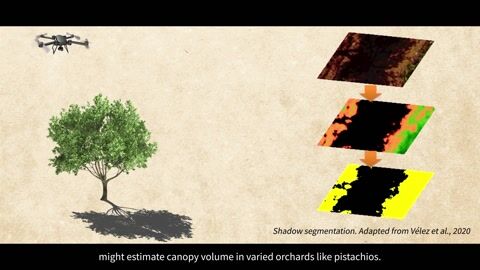- Subjects: Remote Sensing
- |
- Contributors:
- Olga Maltseva ,
- Artem Kharakhashyan
- ionosphere
- total electron content
- forecasting
- BiGRU
- BiLSTM
- BiTCN
- GNSS
- temporal convolution
- space weather
- machine learning
This video is adapted from 10.3390/rs15123069
Machine learning can play a significant role in bringing new insights in GNSS remote sensing for ionosphere monitoring and modeling to service. In this paper, a set of multilayer architectures of neural networks is proposed and considered, including both neural networks based on LSTM and GRU, and temporal convolutional networks. The set of methods included 10 architectures: TCN, modified LSTM-/GRU-based deep networks, including bidirectional ones, and BiTCN. The comparison of TEC forecasting accuracy is performed between individual architectures, as well as their bidirectional modifications, by means of MAE, MAPE, and RMSE estimates. The F10.7, 10 Kp, Np, Vsw, and Dst indices are used as predictors. The results are presented for the reference station Juliusruh, three stations along the meridian 30°E (Murmansk, Moscow, and Nicosia), and three years of different levels of solar activity (2015, 2020, and 2022). The MAE and RMSE values depend on the station latitude, following the solar activity. The conventional LSTM and GRU networks with the proposed modifications and the TCN provide results at the same level of accuracy. The use of bidirectional neural networks significantly improves forecast accuracy for all the architectures and all stations. The best results are provided by the BiTCN architecture, with MAE values less than 0.3 TECU, RMSE less than 0.6 TECU, and MAPE less than 5%.






















